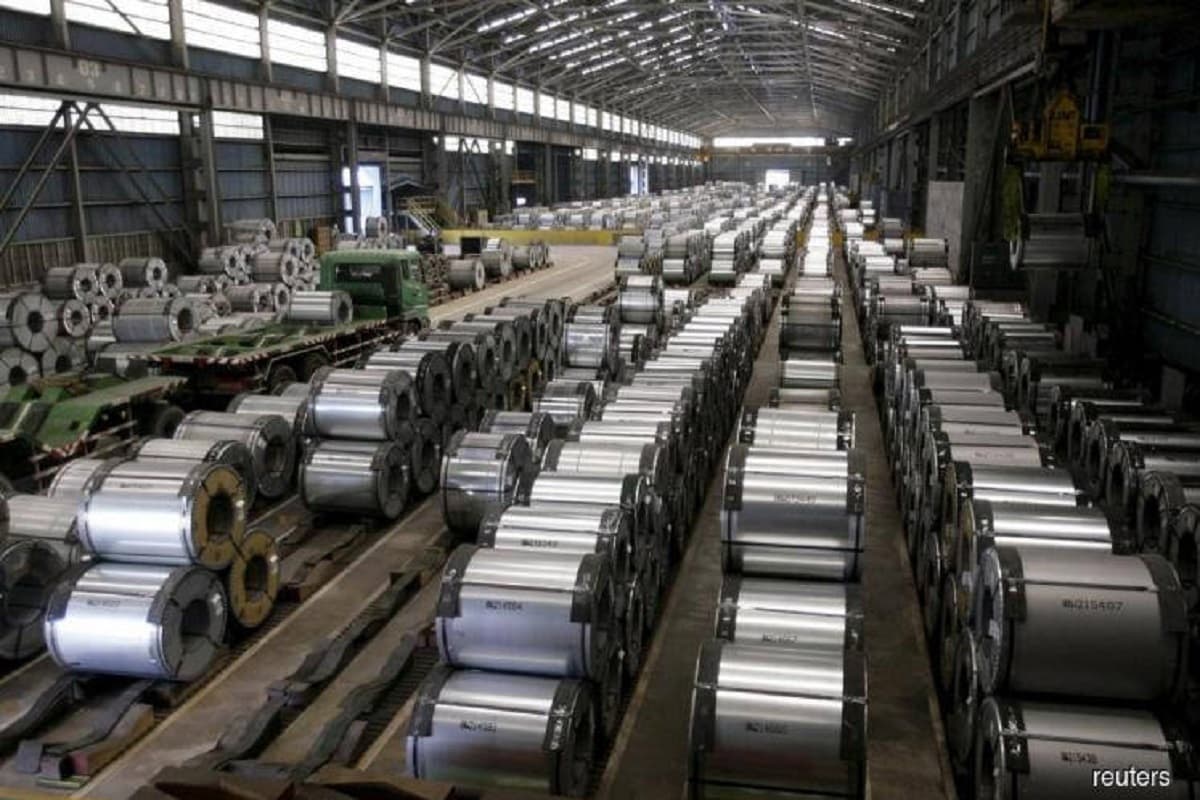
KUALA LUMPUR (June 22): Malaysia's domestic steel demand is expected to continue its gradual recovery momentum through 2023, but the consumption level is likely to stay below pre-Covid-19 pandemic levels, according to a forecast by the Malaysian Iron and Steel Industry Federation (MISIF).
The federation projects apparent steel consumption (ASC) for Malaysia to reach 7.03 million metric tons (MT) this year, up from 6.81 million MT in 2020. ASC is then forecast to grow by 11% to 7.8 million MT in 2022, and 9% to 8.5 million MT in 2023.
“We are still not bullish that things would be back to where it was before the pandemic,” MISIF president Datuk Lim Hong Thye told reporters after the launch of the federation’s 14th report on the status and outlook for the Malaysian iron and steel industry on Wednesday (June 22).
Lim said the federation was conservative in its ASC forecasts, especially for infrastructure expenditure in Malaysia.
“Malaysia’s consumption averaged around 9.5 million MT pre-pandemic. As you can see with our forecasts, even until 2023, we are still far away from where we were before Covid-19,” he said.
Nonetheless, recovery in ASC should still be supported by foreign direct investment into sectors like semiconductor and paper mills, which would spur construction activities as well, he said.
Lim also sees potential growth driver for ASC from the automotive sector, particularly with new models by industry players like Proton and Perodua.
In terms of exports, Lim said shipments of steel from Malaysia remain strong, which grew by 25% to 9.38 million MT last year from 7.49 million MT in 2020, mainly driven by demand from China.
Lim, who is also the group managing director of Ann Joo Resources Bhd, said China constituted 54.9% of Malaysia's total iron and steel exports last year, up from 47.1% in 2020.
“Southeast Asia continues to be an attractive region for steel trade and investment. The region’s ASC per capital of around 110kg is still well below the global average of 227.5kg,” he said.
Nonetheless, he said the steel industry is expected to encounter many challenges, including the decarbonisation of steel.
“Globally, steel industries are now trending towards green steel. These are complex issues and their solutions are straightforward. Steel players will have to make tough decisions between short-term growth and long-term sustainability in situations where nobody knows what the right answers are,” he said.
“For the first time, the domestic iron and steel industry will have to deal with issues related to climate change, new raw or input material strategies, critical investment decisions on steel-making technologies, and navigate a new socio-economic landscape governed by green policies such as carbon taxes and leakages,” he added.
Read also:
Malaysia steel mills likely to remain competitive after electricity surcharge review, MISIF says
